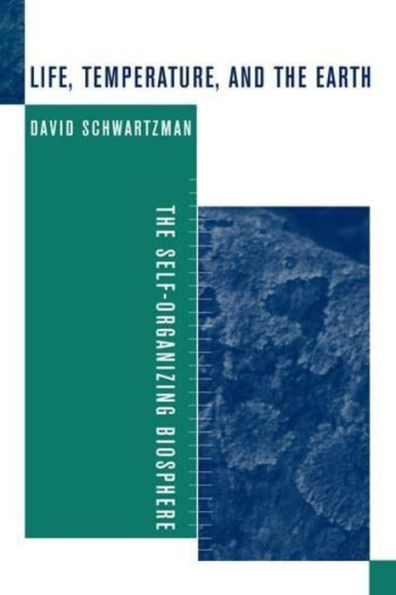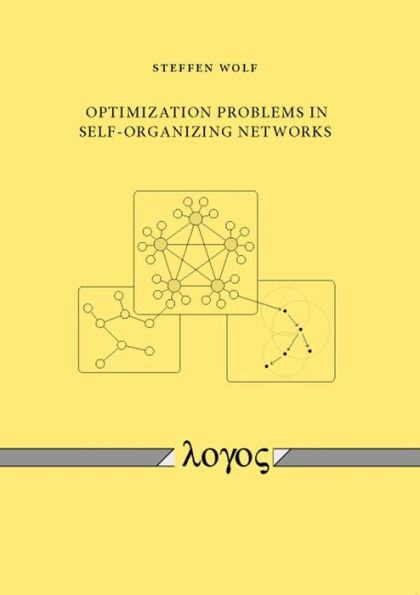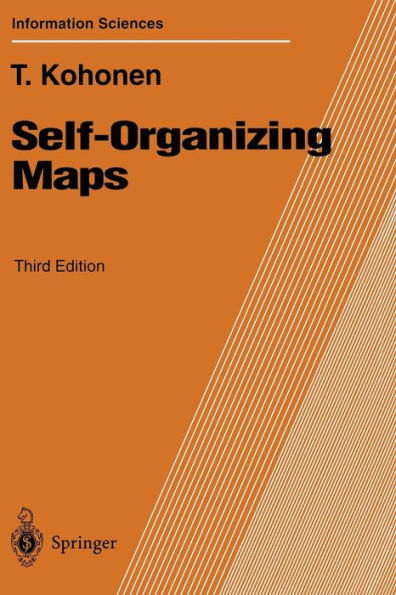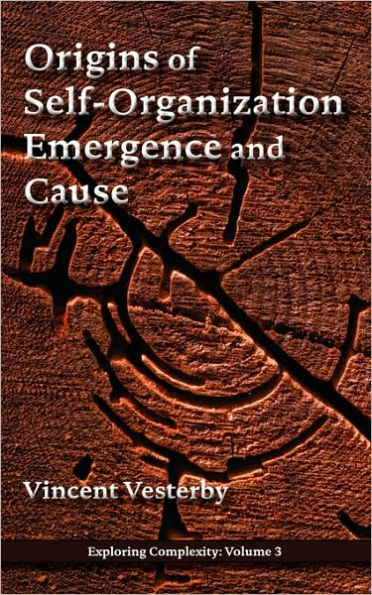Home
Life, Temperature, and the Earth: The Self-Organizing Biosphere
Barnes and Noble
Loading Inventory...
Life, Temperature, and the Earth: The Self-Organizing Biosphere
Current price: $45.00

Barnes and Noble
Life, Temperature, and the Earth: The Self-Organizing Biosphere
Current price: $45.00
Loading Inventory...
Size: OS
*Product information may vary - to confirm product availability, pricing, shipping and return information please contact Barnes and Noble
The idea that living things and the atmosphere, oceans, and soils comprise an interactive, self-regulating system—the Gaia concept—was first proposed nearly thirty years ago. Since then researchers have been seeking new connections between life and the global environment. David Schwartzman contributes to that search by examining how the Earth's biosphere regulates itself over geologic time. Emphasizing long-term geologic trends—not the short-term perturbations that have received so much media attention (e.g., the so-called greenhouse effect), the author presents and elucidates his theory of biospheric evolution.
Life, Temperature, and the Earth
updates and modifies important aspects of the Gaia hypothesis in light of geochemical, geophysical, mathematical, and paleontological data that were either ignored or unavailable at the time the hypothesis was developed. Schwartzman argues that the Earth's climatic temperature has been biologically regulated amidst the backdrop of variable volcanic outgassing and an evolving sun. The key to this regulation—discussed here in depth—has been the progressive increase in life's promotion of weathering on land over geologic time. The book is the first to take note of strong evidence for much higher temperatures prior to about two billion years ago and their role in constraining the evolution of microbes and delaying the emergence of complex multicellular life.
Schwartzman sets the stage by introducing his theory of biospheric evolution and outlining the development of the Gaia concept during the 1980s and 1990s. He then presents a systematic exposition of the weathering process, discussing the habitability of the Earth over geologic time and the role of such abiotic factors as tectonics and the carbon geodynamic cycle in climatic evolution. The final third of the book turns to a reinterpretation of the surface temperature history of the Earth, positing a much warmer Precambrian Earth surface than conventionally believed and discussing the implications of this fact to evolutionary biology and bioastronomy (the search for life elsewhere in the universe).
Determining the history of climate and investigating the self-organization of the biosphere,
explores the very foundations of environmental science and illuminates the evolution of life itself.
Life, Temperature, and the Earth
updates and modifies important aspects of the Gaia hypothesis in light of geochemical, geophysical, mathematical, and paleontological data that were either ignored or unavailable at the time the hypothesis was developed. Schwartzman argues that the Earth's climatic temperature has been biologically regulated amidst the backdrop of variable volcanic outgassing and an evolving sun. The key to this regulation—discussed here in depth—has been the progressive increase in life's promotion of weathering on land over geologic time. The book is the first to take note of strong evidence for much higher temperatures prior to about two billion years ago and their role in constraining the evolution of microbes and delaying the emergence of complex multicellular life.
Schwartzman sets the stage by introducing his theory of biospheric evolution and outlining the development of the Gaia concept during the 1980s and 1990s. He then presents a systematic exposition of the weathering process, discussing the habitability of the Earth over geologic time and the role of such abiotic factors as tectonics and the carbon geodynamic cycle in climatic evolution. The final third of the book turns to a reinterpretation of the surface temperature history of the Earth, positing a much warmer Precambrian Earth surface than conventionally believed and discussing the implications of this fact to evolutionary biology and bioastronomy (the search for life elsewhere in the universe).
Determining the history of climate and investigating the self-organization of the biosphere,
explores the very foundations of environmental science and illuminates the evolution of life itself.
The idea that living things and the atmosphere, oceans, and soils comprise an interactive, self-regulating system—the Gaia concept—was first proposed nearly thirty years ago. Since then researchers have been seeking new connections between life and the global environment. David Schwartzman contributes to that search by examining how the Earth's biosphere regulates itself over geologic time. Emphasizing long-term geologic trends—not the short-term perturbations that have received so much media attention (e.g., the so-called greenhouse effect), the author presents and elucidates his theory of biospheric evolution.
Life, Temperature, and the Earth
updates and modifies important aspects of the Gaia hypothesis in light of geochemical, geophysical, mathematical, and paleontological data that were either ignored or unavailable at the time the hypothesis was developed. Schwartzman argues that the Earth's climatic temperature has been biologically regulated amidst the backdrop of variable volcanic outgassing and an evolving sun. The key to this regulation—discussed here in depth—has been the progressive increase in life's promotion of weathering on land over geologic time. The book is the first to take note of strong evidence for much higher temperatures prior to about two billion years ago and their role in constraining the evolution of microbes and delaying the emergence of complex multicellular life.
Schwartzman sets the stage by introducing his theory of biospheric evolution and outlining the development of the Gaia concept during the 1980s and 1990s. He then presents a systematic exposition of the weathering process, discussing the habitability of the Earth over geologic time and the role of such abiotic factors as tectonics and the carbon geodynamic cycle in climatic evolution. The final third of the book turns to a reinterpretation of the surface temperature history of the Earth, positing a much warmer Precambrian Earth surface than conventionally believed and discussing the implications of this fact to evolutionary biology and bioastronomy (the search for life elsewhere in the universe).
Determining the history of climate and investigating the self-organization of the biosphere,
explores the very foundations of environmental science and illuminates the evolution of life itself.
Life, Temperature, and the Earth
updates and modifies important aspects of the Gaia hypothesis in light of geochemical, geophysical, mathematical, and paleontological data that were either ignored or unavailable at the time the hypothesis was developed. Schwartzman argues that the Earth's climatic temperature has been biologically regulated amidst the backdrop of variable volcanic outgassing and an evolving sun. The key to this regulation—discussed here in depth—has been the progressive increase in life's promotion of weathering on land over geologic time. The book is the first to take note of strong evidence for much higher temperatures prior to about two billion years ago and their role in constraining the evolution of microbes and delaying the emergence of complex multicellular life.
Schwartzman sets the stage by introducing his theory of biospheric evolution and outlining the development of the Gaia concept during the 1980s and 1990s. He then presents a systematic exposition of the weathering process, discussing the habitability of the Earth over geologic time and the role of such abiotic factors as tectonics and the carbon geodynamic cycle in climatic evolution. The final third of the book turns to a reinterpretation of the surface temperature history of the Earth, positing a much warmer Precambrian Earth surface than conventionally believed and discussing the implications of this fact to evolutionary biology and bioastronomy (the search for life elsewhere in the universe).
Determining the history of climate and investigating the self-organization of the biosphere,
explores the very foundations of environmental science and illuminates the evolution of life itself.

















